Hear about one student’s experience in an inclusive concurrent enrollment program, and what he’s up to in college now.


Hear about one student’s experience in an inclusive concurrent enrollment program, and what he’s up to in college now.
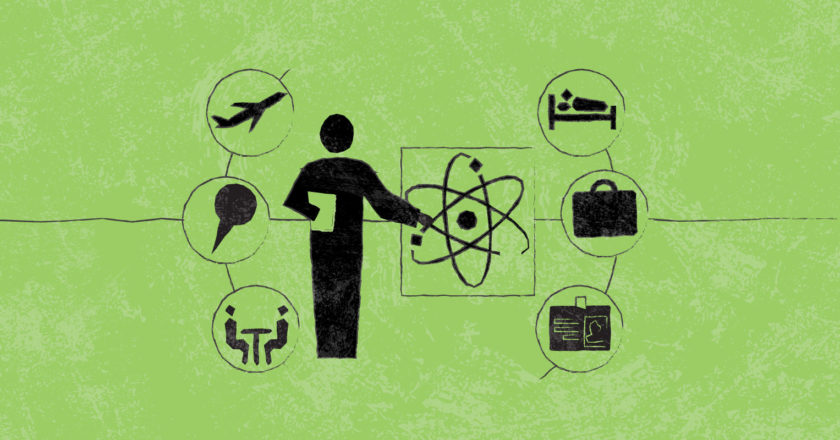
Worried about someone saying something rude or inappropriate about your research? STEM grad student Laura Gilmour shares key presentation and conference pointers.

Editorial Board Member Arianne Garcia and college student Rem discuss some of the challenges and barriers to autistic student success, …

One thing to keep in mind no matter where you end up—be it a friend’s house, your family home, or a relative’s place—is that if you begin to feel overwhelmed by the new environment or sudden transition, you should look for a quiet place to gather your thoughts. Don’t worry about exiting a stressful situation and seeking a solitary spot to calm yourself.
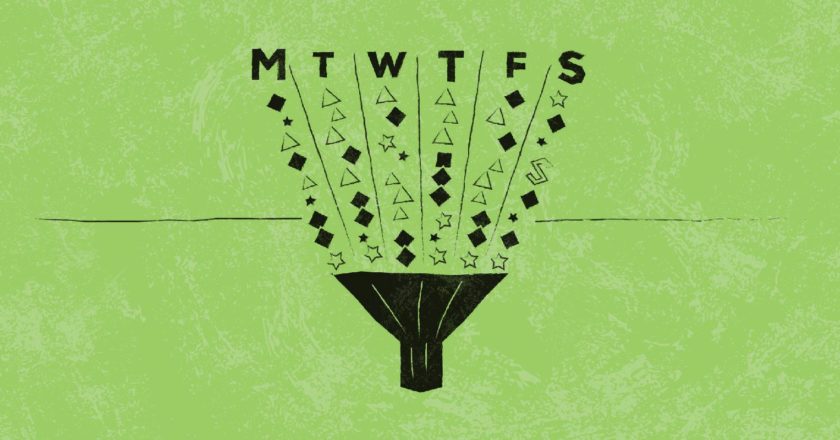
Video interview. Having your syllabus state that you support students with disabilities is one simple action discussed that helps create an inclusive academic environment.
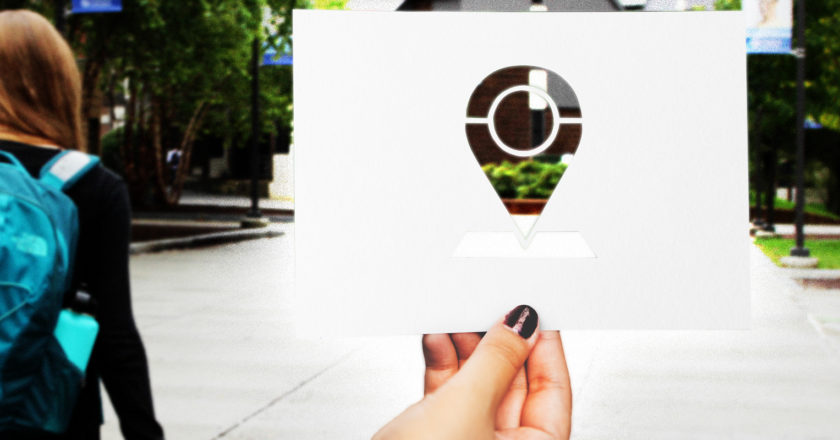
Talk with your professors about your potential needs, whether that means a quiet testing environment, extended time on projects, or organizational assistance.
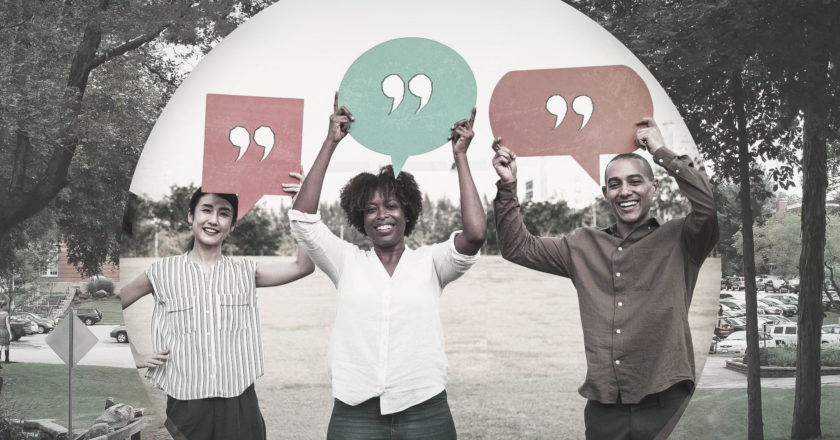
Always be respectful and professional when corresponding with a professor or course instructor. Using “Dear” to begin emails, using the professor’s last name (i.e. Professor Brown), and signing off with a “Thank you,” or “Sincerely” goes a long way!
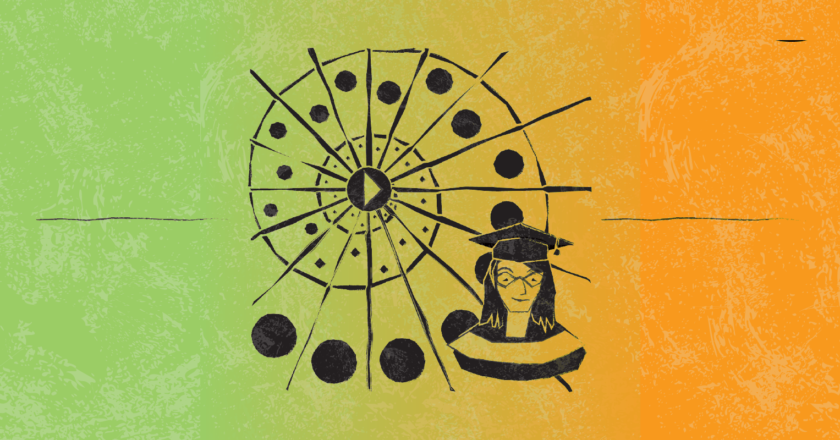
Align your strengths with your interests. Find a supportive mentor. Be willing to accept some trial-and-error. Autistic students can succeed in STEM.

Dr. Julia Leverone demystifies the process of talking to college professors for autistic students and explains why it can be helpful to approach them.

How professional development workshops helped me gain valuable insight and strategies for creative instruction through the application of Universal Design for Learning (UDL) techniques.